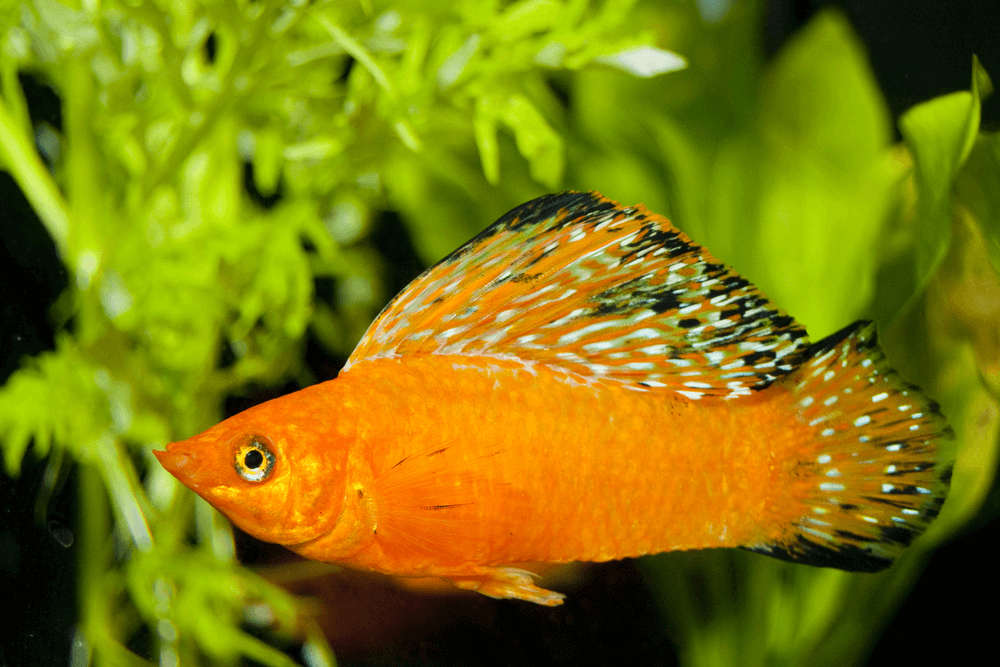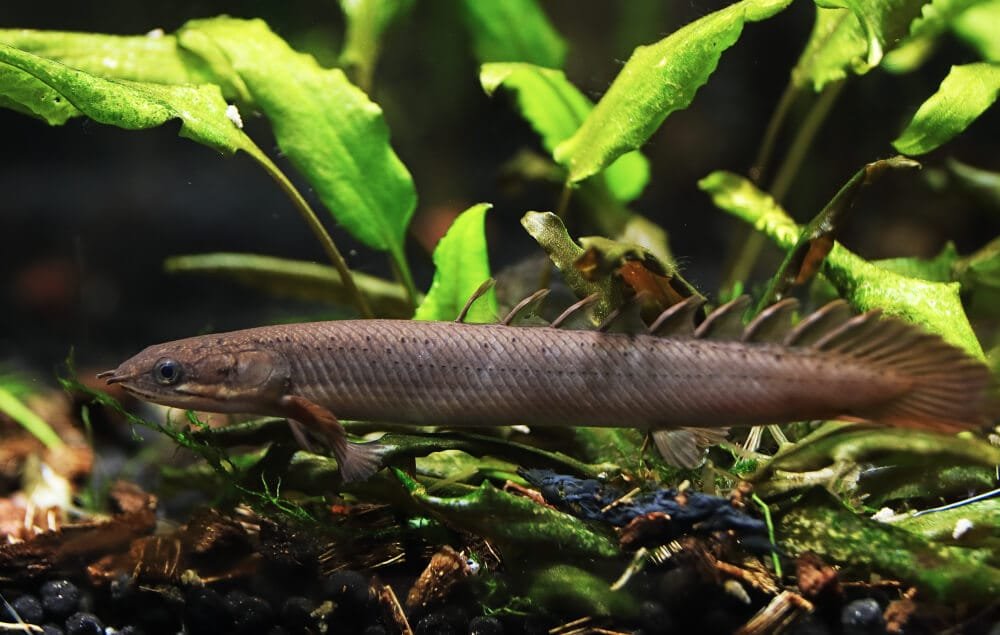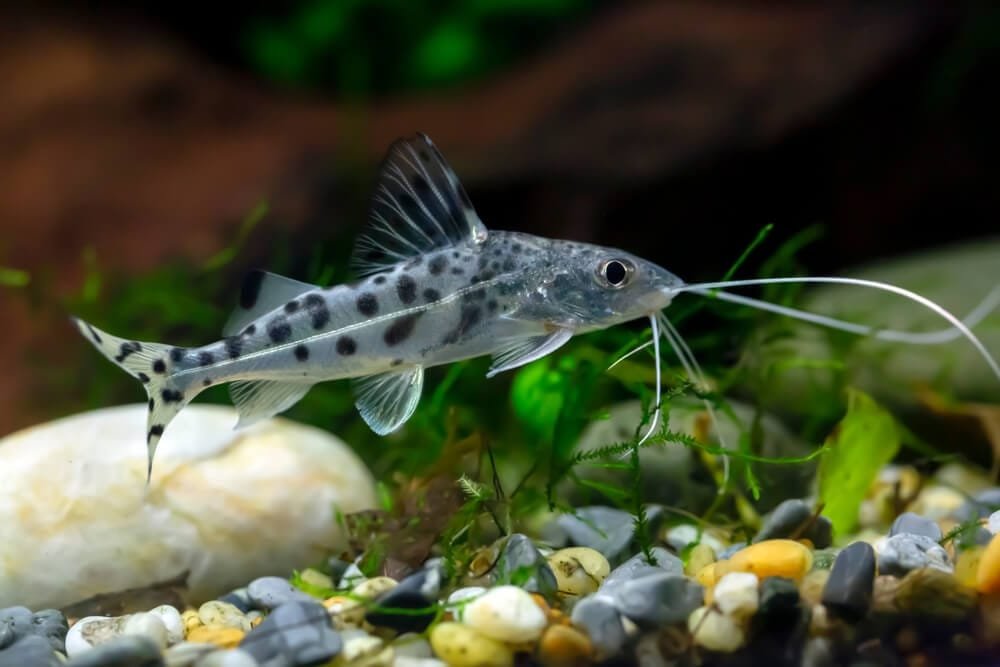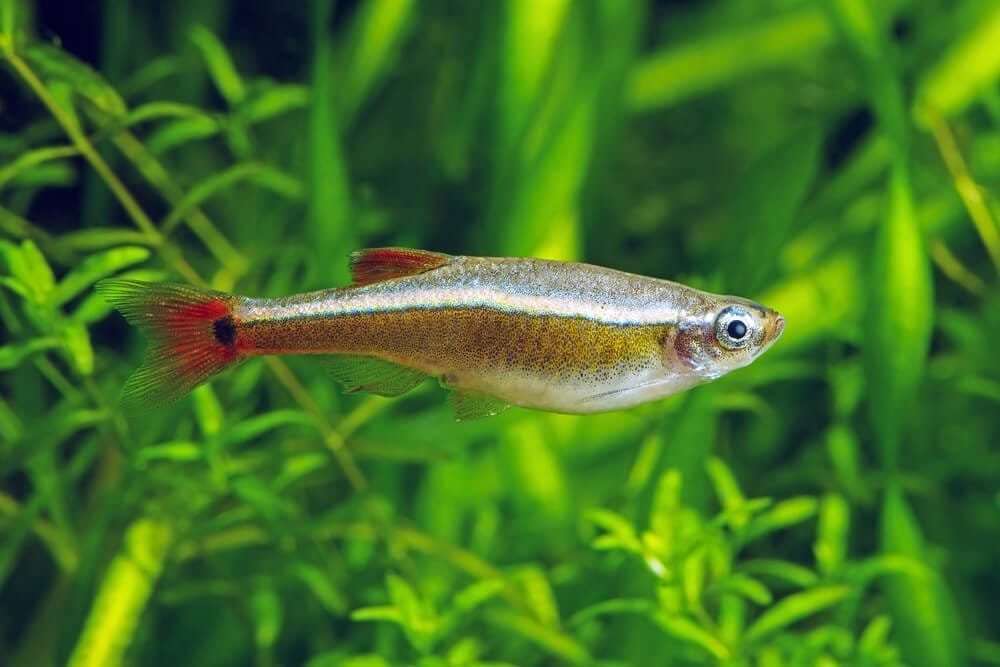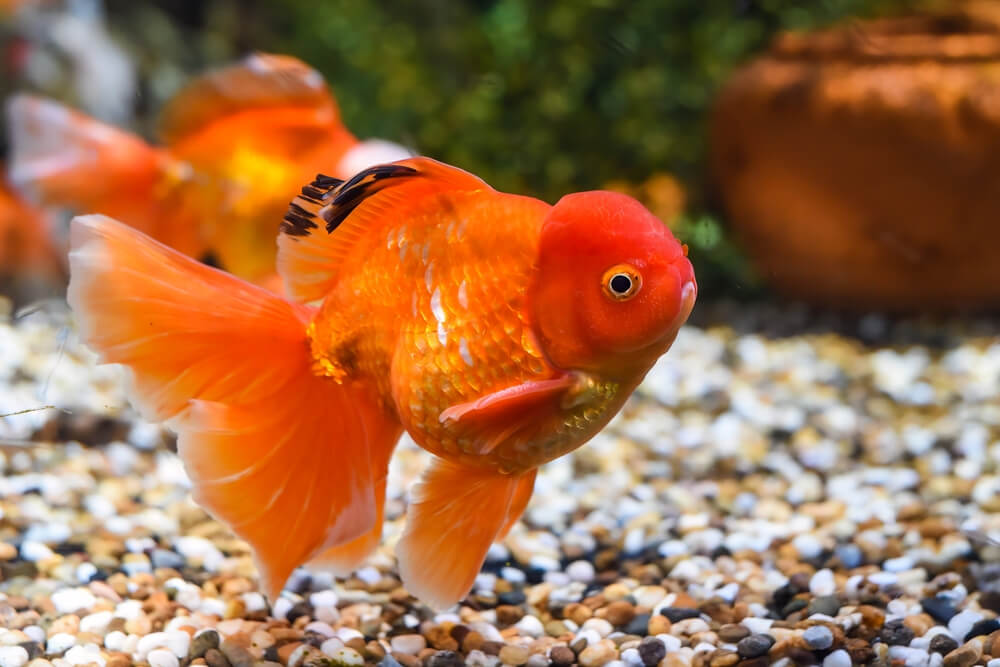Molly fish have a captivating history in the world of aquarium hobbyists. These colorful freshwater fish have been a staple in many aquariums for decades, captivating hobbyists with their unique characteristics and vibrant colors. From their origin in Central and South America to their introduction to the aquarium trade, the history of Molly fish is a fascinating tale of how these beautiful creatures have become a beloved addition to many home aquariums worldwide.
Origins of Molly Fish
Molly fish have a rich and diverse history, with various species originating from different regions. The Mexican Molly (Poecilia mexicana) is believed to be one of the first Molly species to enter the aquarium hobby. Found in the freshwaters of Mexico, this species is known for its vibrant colors and adaptability to various water conditions. Another well-known Molly species is the Sailfin Molly (Poecilia latipinna), which is native to the coastal regions of Mexico and the southern United States. Recognized by its large dorsal fin or “sail,” the Sailfin Molly became a popular choice among aquarium enthusiasts due to its striking appearance. The Short Finned Molly (Poecilia sphenops) is also widely sought after, originating from Central and South America. Its smaller fins and unique patterns make it a favorite among hobbyists.
Discovery and Early Cultivation
The recorded history of Molly fish in the aquarium hobby dates back to the 19th century. Alexander von Humboldt and Aimé Bonpland, renowned naturalists, were the first to scientifically document the existence of Molly fish during their expeditions in Mexico. Their detailed descriptions and illustrations laid the foundation for future explorations and cultivation of these species. Molly fish were later introduced to Europe and North America, where they quickly gained popularity among aquarists. Early enthusiasts, fascinated by their distinct features and breeding potential, began experimenting with different techniques to successfully cultivate and propagate Molly fish in aquarium settings.
Rise in Popularity
As the aquarium hobby grew in popularity, so did the demand for unique and visually appealing Molly fish. Through selective breeding and careful genetic manipulation, breeders were able to develop a wide range of color varieties. From vibrant oranges and reds to stunning metallic blues and greens, the Molly fish became a fascinating choice for aquarium enthusiasts. With improved breeding techniques, breeders achieved consistent results in producing desirable traits and colors. Furthermore, the introduction of new hybrid varieties added a whole new dimension to the already diverse world of Molly fish.
Molly Fish as a Community Aquarium Species
Molly fish are well-known for their peaceful nature and compatibility with many other fish species. They thrive in community aquariums, coexisting harmoniously with various fish and invertebrate species. Their ability to adapt to different water conditions and thrive in various freshwater environments makes them an ideal choice for beginner aquarists. Molly fish also contribute to maintaining a healthy aquatic ecosystem, as they act as efficient algae eaters. They help to control algae growth and maintain the overall balance of the aquarium. Additionally, Molly fish have proven to be valuable in educational and therapeutic settings, providing a sense of tranquility and fascination to those who observe and care for them.
Conservation and Threats to Molly Fish
Despite their popularity in the aquarium hobby, Molly fish face several conservation challenges. One of the significant threats to their survival is habitat loss and destruction. Deforestation, pollution, and the alteration of natural waterways contribute to the decline of their native habitats. Another concerning factor is the hybridization of Molly fish with non-native species. This interbreeding can result in the loss of pure genetic strains and the potential disruption of natural ecosystems. To combat these threats, import and export regulations have been implemented to ensure the responsible trade and protection of Molly fish and their native habitats.
Modern Molly Fish Diversity
The modern aquarium hobby offers a wide range of Molly fish color varieties, thanks to the efforts of dedicated breeders and genetic selection. Many breeders have achieved remarkable success in developing Molly fish with unique patterns, colors, and fin variations. Through selective breeding, breeders have been able to enhance specific traits and produce Molly fish with vibrant hues and striking patterns. Additionally, the exploration of natural habitats has enabled researchers and hobbyists to discover new Molly species and contribute to the diversity and preservation of the Molly fish lineage.
Important Molly Fish Breeders
Several individuals have played significant roles in the development and cultivation of Molly fish over the years. Johnnie Hoevenaar, a renowned breeder from the Netherlands, is recognized for his contributions to the field of Molly fish genetics. His dedication and expertise have greatly influenced the breeding programs and resulted in the creation of exceptional Molly fish varieties. Ken Davis, an American breeder, has also made substantial contributions to the Molly fish community. His knowledge and passion for the hobby have led to the introduction of unique genetic variations and color combinations. Pierre Carbonnier, a French breeder, is known for his work in preserving and enhancing the genetic diversity of Molly fish through his selective breeding programs.
Molly Fish Controversies
As with any hobby and industry, there are ongoing debates and controversies surrounding the breeding and cultivation of Molly fish. One of the main issues is the debate over hybridization. Some argue that hybridization can lead to the loss of pure genetic strains and the potential disruption of natural ecosystems. Others, however, believe that controlled hybridization can contribute to the development of new and exciting Molly fish varieties. Additionally, there is an ethical dilemma surrounding selective breeding. Critics question the potential harms and ethical implications of manipulating the genetic makeup of Molly fish in pursuit of certain physical traits. Furthermore, concerns regarding the genetic manipulation of Molly fish have also been raised, as it could impact their overall health and well-being.
Future Possibilities for Molly Fish
Looking ahead, there are several exciting possibilities for the future of Molly fish in the aquarium hobby. Breeders are actively working on developing Molly fish with increased resilience to various environmental conditions and diseases. By selectively breeding for these traits, it is hoped that Molly fish will become even more adaptable and hardy in aquarium settings. Furthermore, there is still much to be explored in terms of discovering unknown Molly species in their natural habitats. This ongoing exploration will contribute to our understanding of their natural behavior, breeding habits, and potential for future cultivation. Finally, conservation efforts continue to be a top priority, ensuring that Molly fish and their habitats are protected and preserved for future generations to enjoy.
Conclusion
The history of Molly fish in the aquarium hobby is filled with fascinating discoveries, advancements in breeding techniques, and ongoing conservation efforts. From their origins in Mexico to their rise in popularity worldwide, Molly fish have captured the hearts of aquarists with their vibrant colors and peaceful nature. As the aquarium hobby continues to evolve, Molly fish remain a beloved and valuable species. Their adaptability, compatibility with other fish, and educational value make them a remarkable addition to any community aquarium. By appreciating their history, supporting responsible breeding practices, and actively participating in conservation efforts, we can ensure a bright future for these captivating and cherished aquatic companions.
